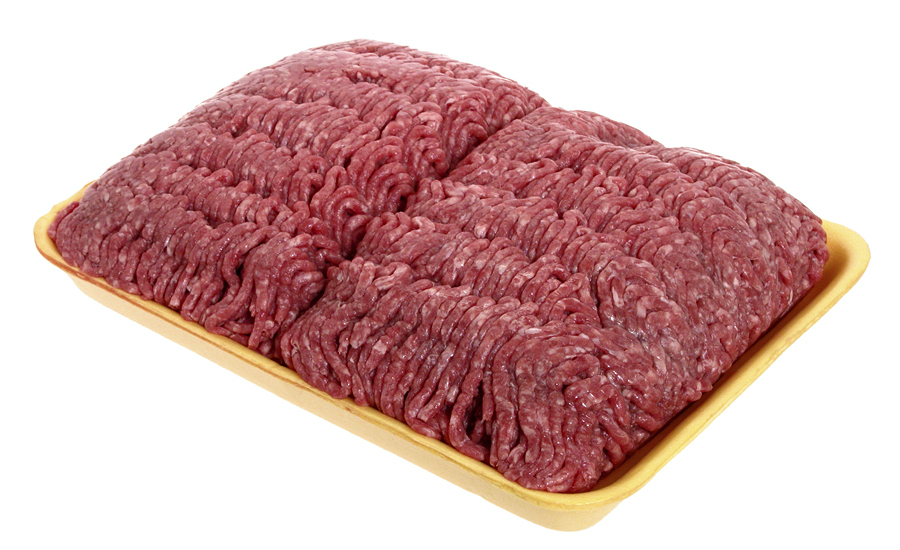The meat, poultry and seafood industry is experiencing a global boom, according to the “2017 Trends Shaping Meat, Poultry and Seafood Market Segment report,” produced by PMMI, The Association for Packaging and Processing Technologies, Reston, Va.
Factors influencing this boom include population gains; increased demand for meat, poultry and seafood; growth in foodservice; and export opportunities. The report is based on in-depth interviews with 50 professionals in the meat, poultry and seafood industry representing the fresh, frozen, canned, deli, ready-to-eat, individual-quick frozen and preserved categories, along with over 110 industry references.
Sanitation concerns, meeting global demand and minimizing labor costs are the top-of-mind trends shaping the current landscape of the meat, poultry and seafood markets. Complex regulations and lack of qualified labor are making it increasingly difficult to ensure proper sanitation. As a result, 82% of manufacturers are specifying more hygienic machines.
Since consumers in developing markets are incorporating more meat into their diets on a regular basis, the meat, poultry and seafood industries have seen steady growth. As one of the largest and most efficient meat and poultry producers, the U.S. meat and poultry industry is benefiting from this growth. U.S. exports of meat and poultry increased 2.5% from 2015-2016. The total value of U.S. shipments from the meat, poultry and seafood segments was $227.9 billion in 2015.
Over half of participating companies say that labor, as well as the expense associated with managing a workforce is the costliest element of manufacturing operations.
One solution that nearly every company interviewed (96%) specified was to increase their use of automated machinery in the next 3-5 years.



